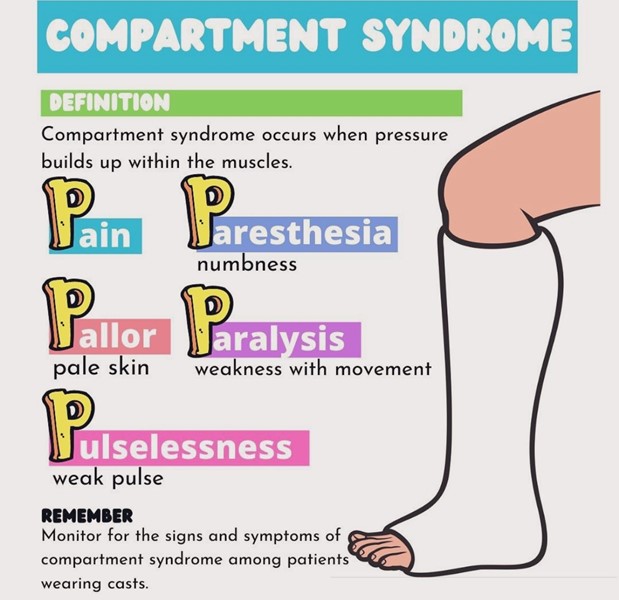What are the most important nursing interventions for clients with possible renal calculi? List two.
The Correct Answer is ["Lithotripsy"," Encourage increased fluid intake"]
Lithotripsy and Encourage increased fluid intake are the most important interventions.
Nursing Test Bank
Naxlex Comprehensive Predictor Exams
Related Questions
Correct Answer is ["250"]
Explanation
To calculate the rate at which the nurse should set the IV pump in mL/hr, we need to determine the infusion rate.
The client is receiving 1 gram of antibiotic in 500 ml of fluid over 2 hours. To find the rate in mL/hr, we divide the total volume (500 ml) by the total time (2 hours):
Rate = Volume / Time Rate = 500 ml / 2 hours Rate = 250 ml/hr
Therefore, the nurse should set the IV pump at a rate of 250 mL/hr.
Correct Answer is D
Explanation
Compartment syndrome is a condition characterized by increased pressure within a muscle compartment, leading to impaired blood flow and potential tissue damage. It can occur when swelling or bleeding within a confined space, such as a cast, causes increased pressure on the surrounding tissues.
Tingling in the toes and decreased sensation can be indicative of nerve compression or damage due to increased pressure in the compartment. It is important to recognize these neurological changes as potential signs of compartment syndrome.
Signs and symptoms of compartment syndrome may include:
- Severe pain that is out of proportion to the injury or not relieved by pain medication.
- Swelling and tightness in the affected area.
- Numbness or tingling.
- Pale or cool skin over the affected area.
- Weakness or decreased sensation in the affected limb.
- In severe cases, paralysis or loss of pulse in the affected area.

Whether you are a student looking to ace your exams or a practicing nurse seeking to enhance your expertise , our nursing education contents will empower you with the confidence and competence to make a difference in the lives of patients and become a respected leader in the healthcare field.
Visit Naxlex, invest in your future and unlock endless possibilities with our unparalleled nursing education contents today
Report Wrong Answer on the Current Question
Do you disagree with the answer? If yes, what is your expected answer? Explain.
Kindly be descriptive with the issue you are facing.
